While Old Tbilisi (Dzveli Tbilisi) is famous for its charming streets, traditional houses, and ancient churches, remnants of its old city walls are actually quite subtle and often integrated into the urban fabric rather than standing as grand, continuous fortifications like those found in some other historic cities. The most prominent surviving parts of Tbilisi’s ancient defensive system are the Narikala Fortress and isolated sections of wall.
Historical Context:
Necessity of Defense: From its very foundation in the 5th century, Tbilisi was a strategically vital city, sitting at the crossroads of trade routes and coveted by various empires. As such, it was continuously fortified with defensive walls to protect its inhabitants from frequent invasions by Persians, Arabs, Mongols, Turks, and others.
Multiple Layers of History: The existing remnants are not from a single, continuous wall but rather multiple layers of construction and reconstruction over centuries. Each invasion often led to the destruction of existing defenses, followed by new walls built on or near the old foundations, incorporating different materials and architectural styles of the period.
The 1795 Destruction: A devastating blow to Tbilisi’s fortifications came with the Persian invasion of 1795, led by Agha Mohammad Khan. The city was almost entirely razed, and many of its walls were destroyed. Subsequent urban development in the 19th and 20th centuries further led to the dismantling or burying of wall sections as the city expanded.
Where to Find the Ruins:
Unlike a single, easily walkable stretch of wall, the Old Town wall ruins in Tbilisi are experienced as fragmented glimpses:
Narikala Fortress: The most significant and imposing part of Tbilisi’s ancient fortifications is the Narikala Fortress, which crowns Sololaki Hill. While largely in ruins, its substantial walls and towers offer the best sense of the city’s formidable past defenses. From here, one can clearly see how the fortress connected to walls that once descended towards the river and into the city.
Pushkin Street Discovery: One of the most accessible and visible sections of the Old Town wall was uncovered relatively recently. In 2012, during refurbishment work on Pushkin Street (a street leading from Freedom Square towards the Mtkvari River, often considered the informal boundary between Old Town and the more modern central areas), significant fragments of the 12th-13th century city wall were discovered.
This section, approximately 110 meters long, includes remnants of several towers.
The city authorities have preserved this discovery and created a pedestrian precinct with walkways and viewing platforms around it, allowing visitors to walk alongside and even over these ancient stones, providing a tangible connection to Tbilisi’s medieval past. This section also sometimes displays archaeological artifacts found during the excavations, such as fragments of glazed pottery.
Integrated into Buildings: Throughout Old Town, particularly in areas like Kala (the historic core around the sulfur baths and Narikala), you might encounter sections of old stone walls integrated into the foundations or lower levels of newer buildings. These are subtle clues to the original city perimeter.
Along the River Banks: Historically, parts of the city walls also ran along the banks of the Mtkvari River. While much of this has been replaced by modern embankments and bridges, some scattered remnants might still be discerned.
Dadiani Street Slopes: Traces of fortifications are also believed to extend down the slopes from the Narikala Fortress towards the plains, along what is now Dadiani Street.
Experience of Visiting:
Subtle Discovery: Unlike more obvious ruins in other cities, discovering Tbilisi’s Old Town Wall Ruins requires a keen eye and an appreciation for subtle historical layers. The segment on Pushkin Street is the most “curated” and visible.
Contrast of Eras: The remnants offer a fascinating contrast to the vibrant, colorful 19th-century houses and bustling modern life that now define Old Town. They serve as silent witnesses to centuries of resilience and change.
A Glimpse into the Past: Standing by these weathered stones, one can imagine the city as it once was – a fortified stronghold, constantly defending itself against invaders, and the lifeline it represented for its inhabitants.
While not a continuous wall for walking, the scattered and sometimes newly revealed sections of the Tbilisi Old Town Wall Ruins provide valuable archaeological insights and a powerful, if fragmented, reminder of the city’s deep and tumultuous history.

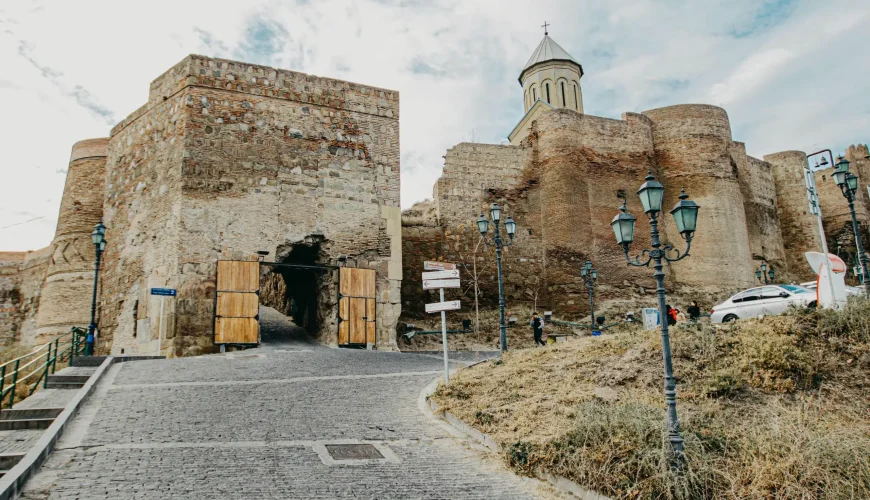
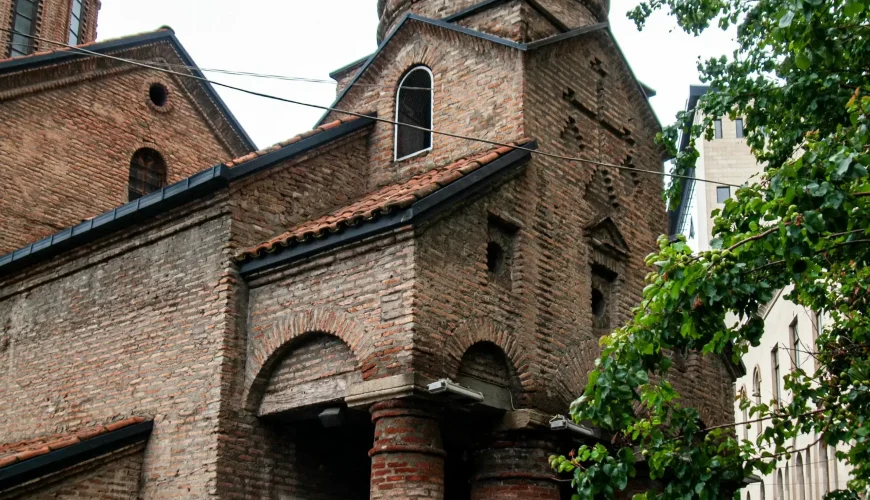

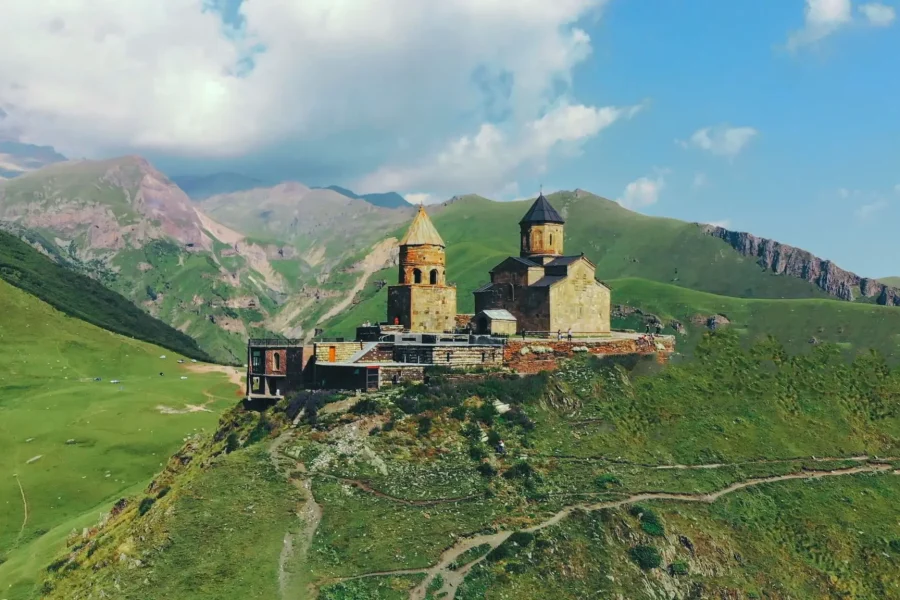
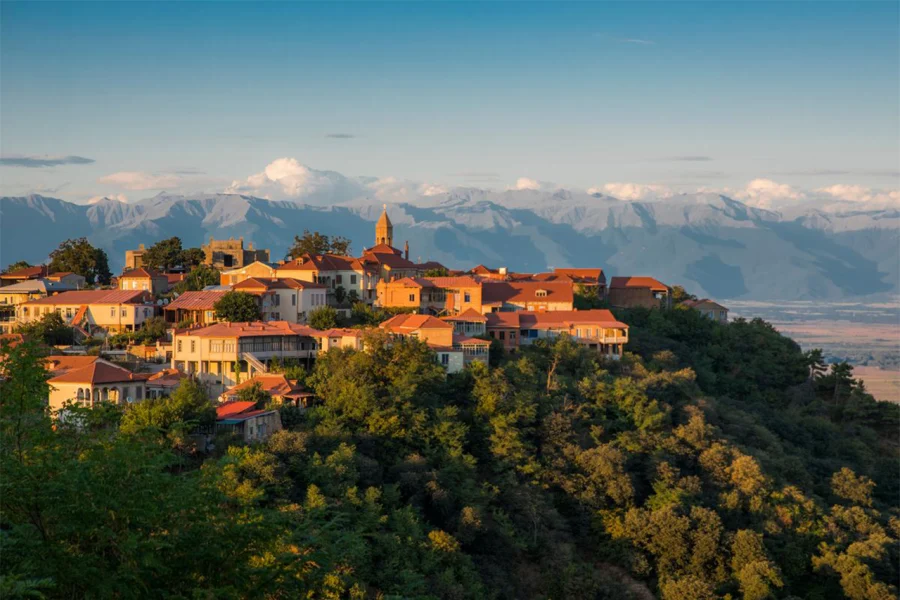
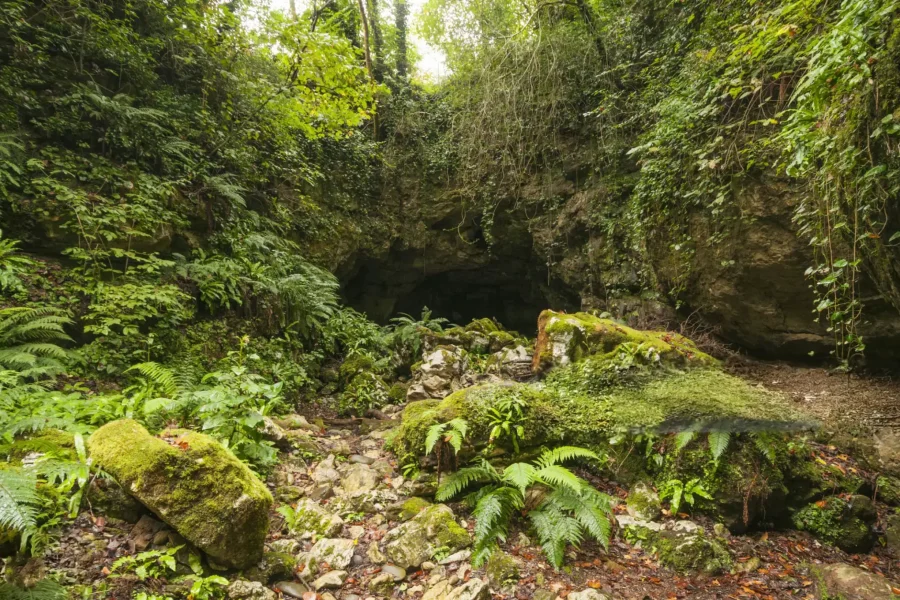
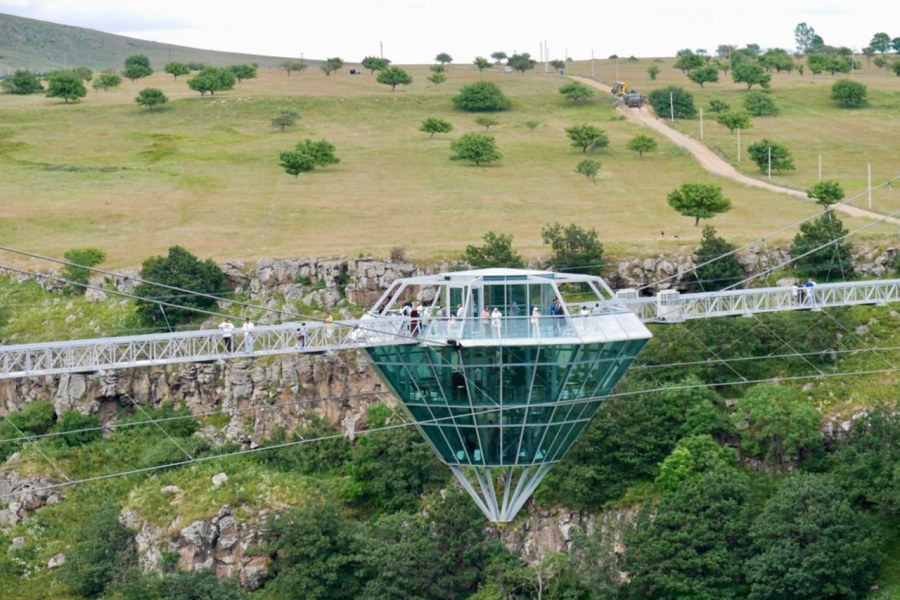
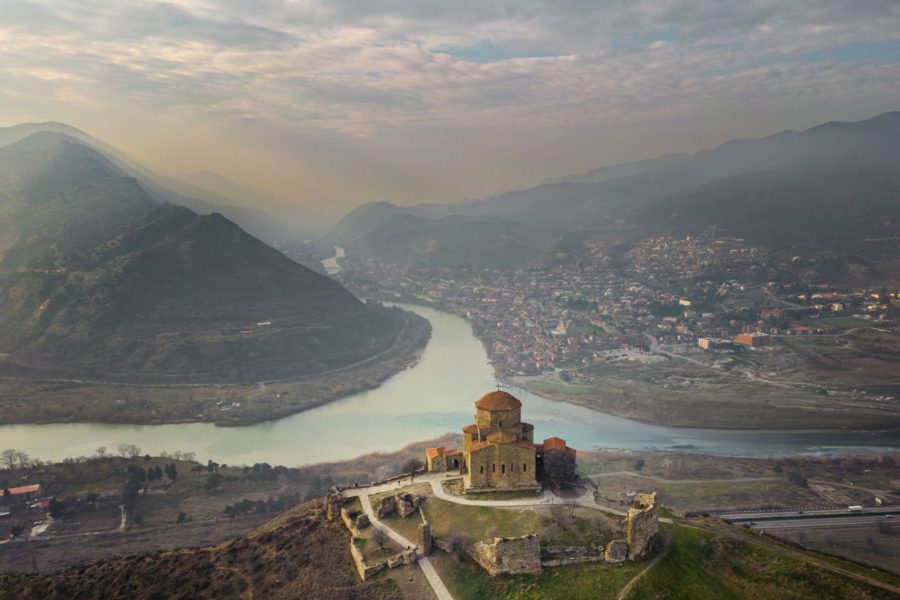
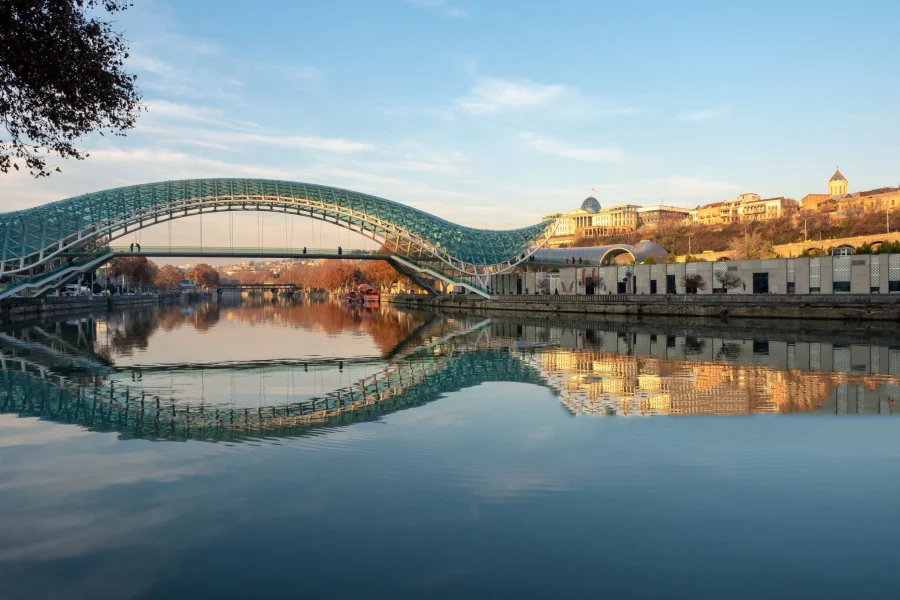
0 Comment